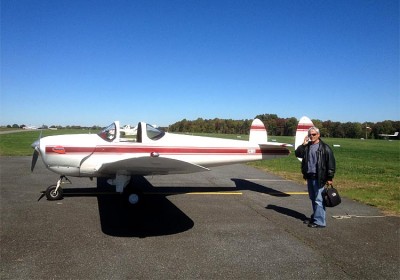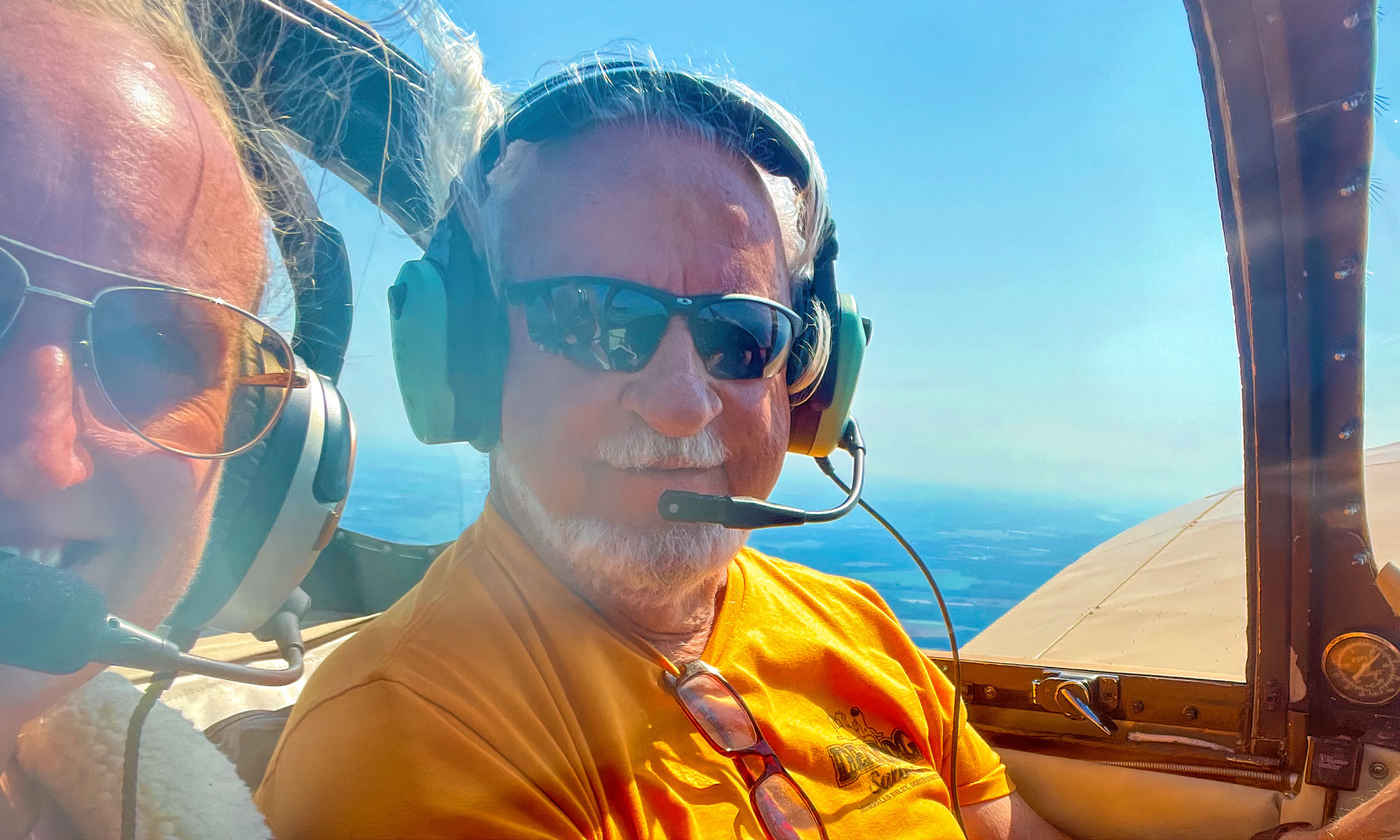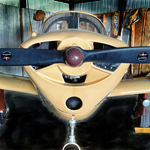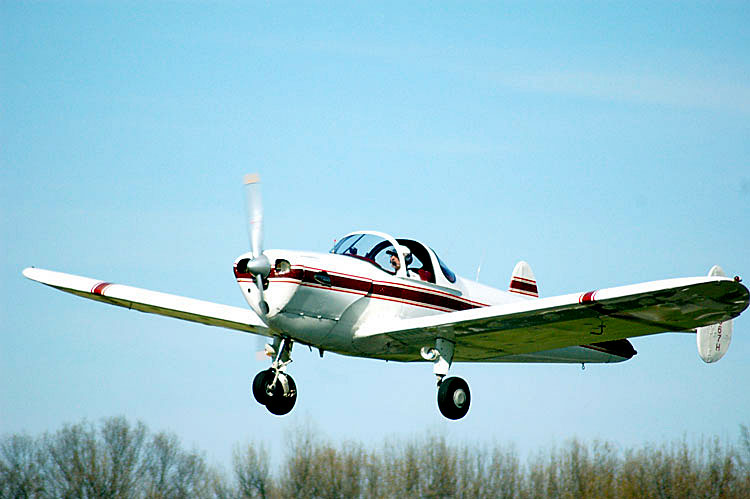A BFR from times past is a great reminiscence of flying the ‘Coupe.
Last Thursday I learned more about flying my own airplane – during my Biennial Flight Review (BFR). While a Flight Review (shorter, current terminology) is NOT a test with a pass/fail result, the Certified Flight Instructor (CFI) needs to feel confident of the pilot’s competency before endorsing that pilot’s (in this case, my) log book. The FR endorsement enables a pilot to continue flying for two more years.
I scheduled my flight review with an instructor from the airport where I used to base my Ercoupe. I was confident of his capabilities because I had some instruction from him in the past (and he and I both had former careers in public education). He also wanted to experience flying in a 1946 vintage Ercoupe.

I had to fly 110 miles (in a strong headwind) to get to Harford County Airport (0W3) and landed on their (relatively) short 2000′ runway in a strong, gusty crosswind. Unknown to me, the CFI was standing near the runway waiting for one of his students to return after a short XC flight. As I was parking on the ramp he drove up and complimented my landing (which I, fortunately, greased) by saying that it was a great landing and “I should sign your logbook right now.” Kidding, of course – but that did indicate a good start to my Flight Review experience.
We went inside the FBO to the training room and he got me started on the “ground work” while he finished up with his student. (The “ground” portion of the flight review will be another tale.)
So, on with the “air” portion of the review. The ground portion took a bit over an hour and the winds were calming a little – down to 12G17. But it was still a direct crosswind so I suggested we head 25 miles east to Summit Airport (EVY) for the landings because the runway there is twice as long as at Harford County. I felt at ease staying at 0W3 but I knew he wanted to try a couple of landings. We agreed we could cover the air maneuvers on the way to Summit.
The CFI called for his own WX briefing as we get ready for the air portion of my Flight Review.
On the way to Summit we climbed to 2500′ for some stalls (or lack thereof – because it’s an Ercoupe). I demoed a couple of stalls – then gave the plane to the CFI. He was surprised at the lack of a real “break” and the ability to control the plane with full back yoke and no power – just a 1200 fpm downward “mush.” The ease of recovery, by just releasing back pressure and pointing the nose down a bit put us in a respecable glide. After the series of stalls he was surprised that we only used/lost 500 feet of altitude. I remember telling him, “Only in an Ercoupe.” 
Landings were also fun. He had observed my “arrival,” the flying of a rectangular pattern and a “greaser” landing in a gusty crosswind situation. That covered my “ground reference and crosswind landings” – so I asked if he was ready to shoot a couple landings. Silly question – he loves to fly – and he loves small planes, especially the FBO’s Citabria – and here was a chance to fly a plane WITHOUT RUDDER PEDALS and LAND IN A CROSSWIND. All I needed to do was “coach” the technique. Fortunately, he trusted me when I told him about touching down in a “crab” – and his first landing was excellent. (But I did see his feet “dancing” just a bit – heh.)
I then demonstrated some Ercoupe idiosyncrasies that allow it to land in a variety of conditions. I culminated with a high approach and s-turning to lose altitude (no flaps and unable to slip) – hit the runway – did a T&G – and headed back to 0W3. The CFI already saw me land on 28 in a crosswind so I had him do the same – with just a bit of coaching.
We flew for only a little over an hour and did nearly all the manuevers in a Private Pilot PTS without having to repeat any. We did NOT cover navigation because the CFI knew I was VERY familiar with the area and had already flown 110 miles to “get here.” I had shown him my DUATS briefing (I’m a DUATS junkie and always take a screen shot of the first screen as a CYA measure.)
So…how did I actually “learn” during this Flight Review when all I had to do was demonstrate proficiency with my aircraft? I had to think through and explain, aloud, many of the maneuvers to the CFI when he was on the controls. Things like steep turns and turns about a point (gorund reference) are straighforward – but stalls, the landing process and takeoffs are all a bit “different.” I had to translate my muscle-memory habits into descriptive language and, thereforre, had to self-analyze what I actually “do” to fly the plane. I figure that taught me a bit more about my own aircraft than what I would otherwise gain from just demonstrating maneuvers.
It was a good flight, a successful Flight Review, we both learned, and it was fun.


